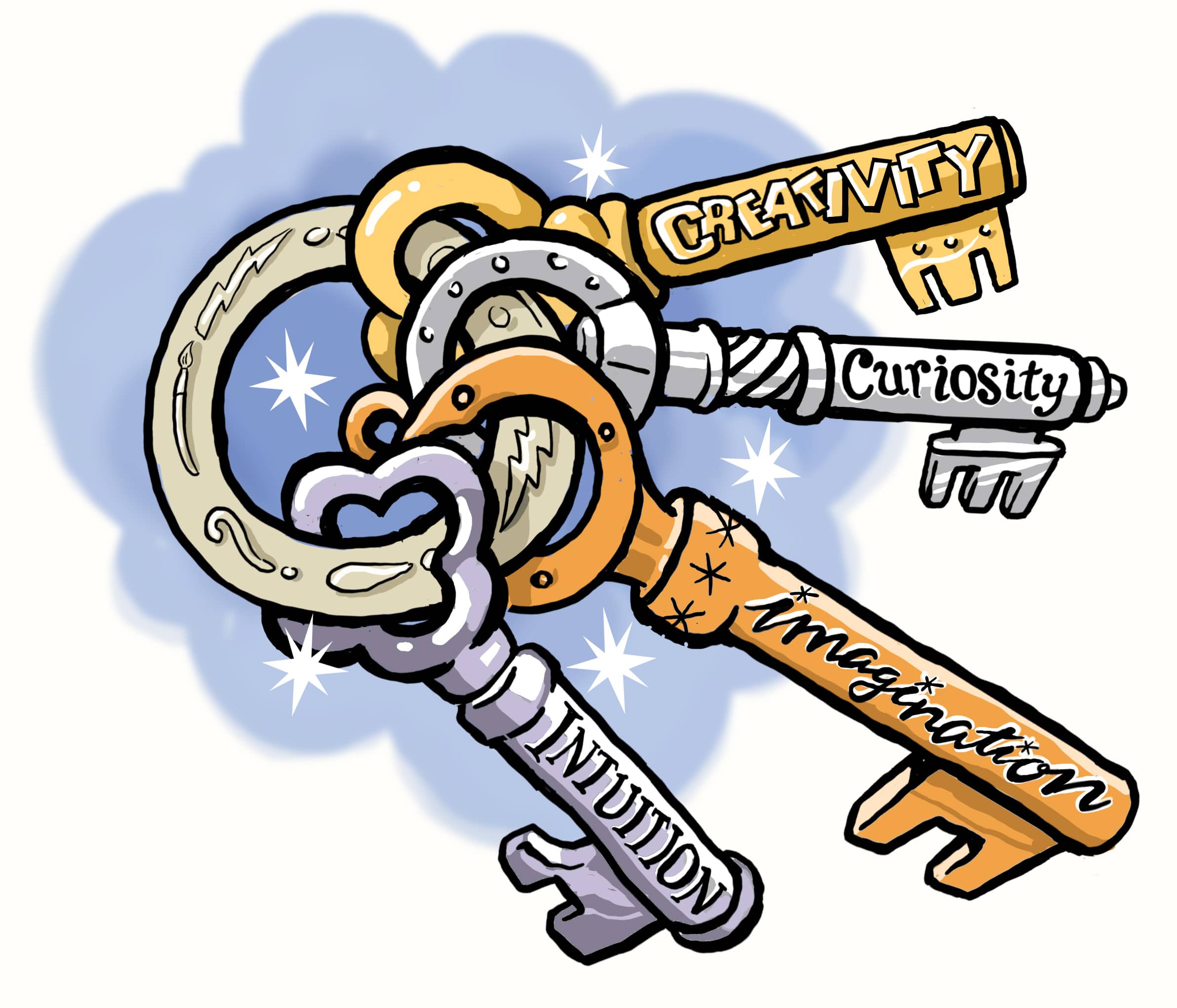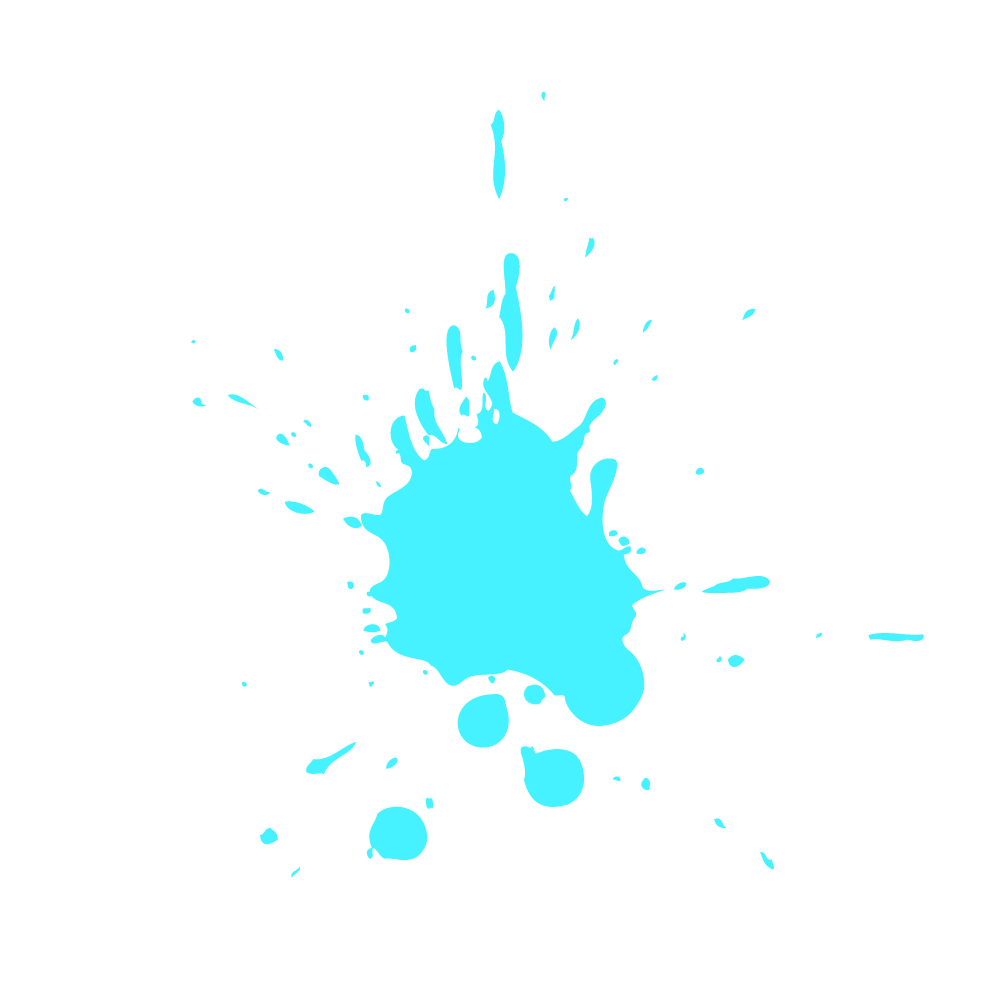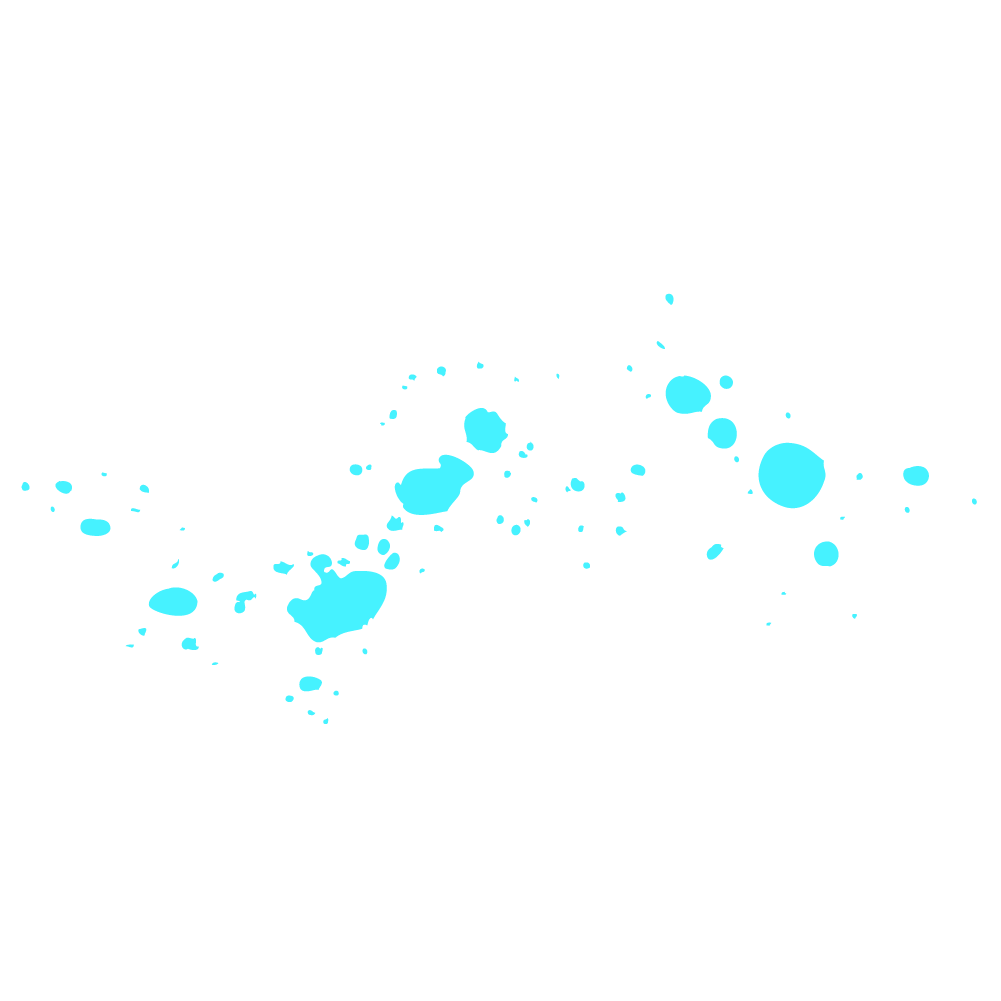The 2020s have already been one of the most disruptive decades of all time.
We are in the middle of a technological revolution. And it’s just getting started. The technology rivers are growing stronger and faster by the day, and within the next decade, the dam holding them back will most certainly burst.
Think about all the remarkable changes we’ll see! The advancements brought on by Artificial Intelligence (A) alone will be amazing. From early diagnosis of diseases to automated 3D printing of countless goods, to self-driving vehicles built by self-repairing robots, the need for human interaction and interference in the businesses of tomorrow will become more and more limited. In fact, some predict that AI will become more intelligent than humans by a multiple of thousands…in less than a decade!
While the advancement in AI should ultimately lead to better products and services for all of us, there is an underlying casualty with all of this: the human workforce.
In an interview with 60 Minutes in January 2019, AI expert Kai Fu Lee suggested that upwards of 40% of current jobs could be replaced by AI within the next 15 years. 40%!
Of course, certain jobs and industries will be hit the hardest first, but there is no denying that this revolution will eventually come for everyone. It’s just a matter of time…
So, how will we compete in the next decade? What skills will we need to survive in a decade of total disruption and rise in AI?
Simple: the skills that make us most human. That’s right, to succeed in the coming decades, the human workforce will need to embrace the parts of us that are exceedingly difficult to replace with Artificial Intelligence–traits like Creativity, Intuition, Curiosity and Imagination.
And the good news? We were all born with these skills! They are intrinsic to all of us.
You may not feel like this is the case, but they really are there. Many of us just forgot how to use them as we grew up because the education and the corporate worlds told us they weren’t important, or that they were reserved for a handful of individuals.
We were all born Creative and with an amazing Imagination. As children, we were innately Curious, and we are all naturally Intuitive. Don’t believe me? Let’s take a closer look…
Key Traits That Will Dominate the Workforce of the Future
Creativity
Think back to when you were a child, and you got that huge birthday or holiday present – perhaps the shiny red bike you always wanted. You know, the present that came in the huge box that was neatly gift wrapped by our parents.
As all children do, we tore through the wrapping in seconds, ripped open the box, and took out the bike to examine it in all its glory. Yet moments later, what did we spend the rest of the day playing with? The box! Why? Why the box? Because it could be anything we wanted it to be. A castle, a rocket ship, a fort, a kitchen. When was the last time you saw a box and imagined a castle? Probably around the age of 6. Because it’s around this age that we enter the school system and are told for the first of many times that a box is just a box!
We were all born Creative, but then we went to school and then college and got a job and most likely found ourselves being told “you’re not creative” or “leave those ideas to the Creative Team.”. And sure enough, over time we end up believing we’re not creative, that the “creative” humans work in the “creative” departments and teams.
But here’s the thing, Creativity is not just the ability to draw or paint or play music. It’s the ability to think Creatively and solve problems. A skill that – within the disruption of the next decade – will become one of the most highly sought in the world, and a skill that has been buried within all of us since childhood, just waiting to be woken up again.
Intuition
Have you ever caught yourself staring across the room at someone you found attractive, only to have them immediately turn around and stare back at you so quickly that you had to avert your gaze and pretend you were looking elsewhere? How did they know you were looking at them? It’s the same reason you can “feel” that the car in the next lane is about to swerve in front of you even though their turn signal isn’t on – Intuition, a built-in survival engine hard-wired into all of us.
Did you know that you have more than one brain? The outer brain – most recently developed through evolution – controls our logic and reason and planning skills, the types of things needed to build advanced tools like self-driving cars and AI. But then there is the inner “reptilian” brain, the brain that’s been there since humans first arrived over 200,000 years ago. This is the brain responsible for those “gut” feelings: your intuition and the fight or flight response. And while our new, outer brain is much more capable of making sound, responsible decisions, more often than not it’s our inner reptilian brain that’s driving the ship.
In fact, this “second brain” behind our gut feelings is so important that it’s made of over 100 billion neurons. Our “first brain” only has a mere 86 billion neurons.
Think about the decisions you make every day–he dress you chose to wear, the place you chose to go on holiday, the house you bought. These were not rational decisions made by your outer brain; they are irrational decisions you made with your inner brain. You were just “going with your gut” as most of us do all day, every day.
Now think about the choices consumers make thousands of times a day. When it comes to your company’s product or service, they may make some rational calculations and analyses, but at a certain point, someone, somewhere in the decision-making process is likely going with their “gut feeling.”.
While our rational outer brain allows us to synthesize all the big quantitative data in front of us to find core insights, our inner, intuitive brain allows us to take all that data, match it up with our qualitative findings, and take the leap towards action. And it’s this symbiotic relationship between our inner and outer brains that make humans uniquely capable of uncovering massive innovation.
Curiosity
What is the most common question your children ask?
“Why” is how we all learn. But education and corporate life teach us that there is only one right answer, so much so that we stop looking for the second answer. This eventually leads most of us to stop asking why and to just iterate rather than innovate. Albert Einstein once said, “I am not particularly clever, I am just innately curious.” Think of all the inventions that have been discovered because their inventor simply refused to take the first answer for granted, and continued to ask “Why?”
More often than not, it’s the fourth or fifth “Why” that gets you to the real insight. Ask why people go to Disneyland and most will tell you they go for the rides. Dig a little deeper and eventually you’ll discover that it’s not actually about the rides at all. It’s about family time together, traditions, nostalgia and building memories.
If you were tasked with driving more visits to Disney Parks, this discovery would allow you to focus not on costly ride infrastructure development, but on a new PR and Marketing campaign promoting family nostalgia and traditions at the park. A massive swing, all by allowing your curiosity to ask “Why?”
Imagination
In addition to his insights on curiosity, Albert Einstein also saw the significance of imagination, saying: “Imagination is more important than knowledge.”
Time and time again, this insight has been proven. When President Kennedy said “We Choose to Put a Man on the Moon before the end of the decade,” he didn’t have the slightest idea as to how it would be achieved. Had he possessed a robust knowledge of space travel at the time, he might not have actually given this iconic speech, choosing instead to believe that a moon landing was impossible. But he led with his imagination and believed that the U.S. possessed the people, resources, and willpower to achieve this audacious goal. And he was right. In fact, his declaration was so profound that it gave birth to the phrase “Moonshot Thinking.”
While many of us may believe we aren’t all that imaginative, we still catch ourselves daydreaming from time to time. We all have those incredible lucid dreams every now and then. There is a place inside our heads where we go, beyond our conscious brand, and let our imagination run wild. And it’s in this place where our best ideas live too. We just have to find them.
Ever heard the phrase “When the Penny Drops”? You know, that “Eureka moment” when we get our big idea? This phrase is actually a very literal interpretation of a Thomas Edison imagination-capturing technique. Believe it or not, Edison used to fall asleep in an armchair with a penny between his knees and a tin tray on the floor between his feet. As he fell asleep his muscles would relax, the penny would drop and clang into the tin tray, and he would wake up and immediately write down whatever he was thinking, knowing that at this moment he would be closest to capturing whatever was buried in his subconscious brain.
Coincidentally, Edison also had more inventions patented in the 20th century than anyone else!
So, why will Creativity, Intuition, Curiosity and Imagination become the most impotent skills to possess in the next decade? Simple. They can’t be programmed. You can program AI to paint the Mona Lisa, and it might be able to recreate it perfectly stroke by stroke, but it’d be incredibly difficult to program a machine to possess the curiosity and creativity that prompted Da Vinci to paint her in the first place.
While AI may one day replicate the core human traits, I don’t believe it’s coming anytime soon. The next decade belongs to those of us who can tap into our Creativity, our Intuition, our Curiosity and our Imagination – and leverage these uniquely human skills to disrupt and innovate the next wave of incredible discoveries.
As Walt Disney once said:
“If You Can Dream it, You Can Do It.”







